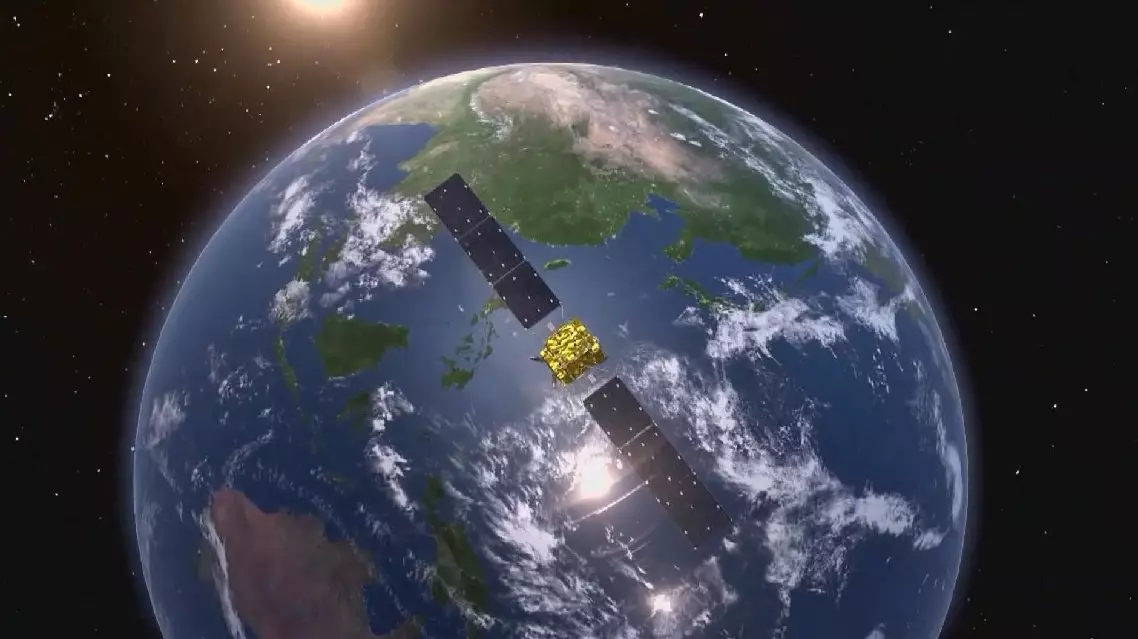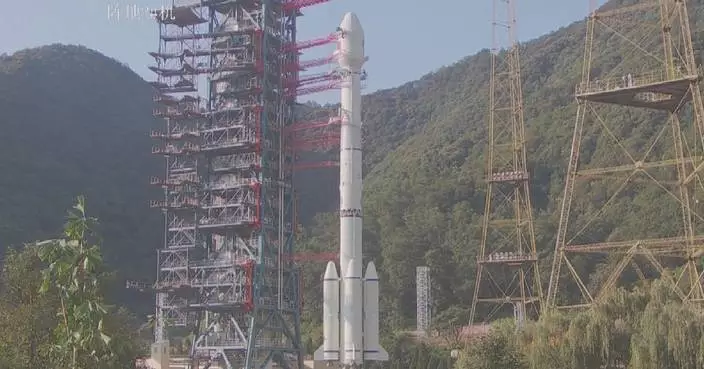Firefighters have contained the forest fire that broke out in southwest China's Yunnan Province on Saturday afternoon, with no casualties reported, according to local authorities. The forest fire started at around 15:00 Saturday in Eryuan County, in Yunnan's Dali Bai Autonomous Prefecture, triggering an emergency response from the local fire department, which sent a total of more than 500 people to the scene to battle the blaze.
As of 00:30 on Sunday, the fire had been put out, and clearing work is underway.
The cause of the forest fire is still under investigation, local authorities said.

Forest fire contained in China's Yunnan, no casualties reported
China launched the two final backup satellites of BeiDou-3 navigation system on Thursday morning, enhancing its stability and laying foundation for the next-generation navigation system.
These latest satellites, the 59th and 60th in the series launched from the Xichang Satellite Launch Center in southwest China's Sichuan Province, were elevated into the skies by a Long March-3B carrier rocket, marking a significant step in China's advancement of its homegrown satellite navigation system.
The BeiDou-3 satellite system now has 30 in-orbit satellites, including 24 in medium earth orbit, occupying three separate orbital planes. Of the six remaining satellites, three are in geostationary earth orbit, meaning their speed follows the earth's rotation without an incline. The other three are in an inclined geosynchronous orbit, meaning they also match the earth's rotation but their altitude varies significantly along the orbit path.
Most of these satellites have been in operation for six years, providing a robust framework for precise location services.
According to BeiDou-3’s chief designer Liu Yingchun, the latest launches will ensure greater stability for the navigation system.
"All operational satellites in the BeiDou-3 constellation system are currently running stably, meeting the required indicators for year-round availability. There are now eight satellites on each medium earth orbit plane. With the launch of the two final satellites, each orbital plane will have a total of 10 satellites. These satellites require routine maintenance and management. The number of satellites able to offer services on each orbital plane must be adequate even when some satellites are undergoing maintenance. Therefore, we've deployed backup satellites on each orbital plane consecutively," Liu explained.
While strengthening the BeiDou network's service capabilities, Chinese scientists are also exploring next-generation satellite technology. Given that the majority of satellites have a designed lifespan of 10 years, China has begun plans to upgrade the BeiDou system's constellation satellites.
"Moving forward, we'll work on the deployment of BeiDou-4. The two satellites represent the final group of Beidou-3, serving as a bridge between the current and future generations. Aside from fulfilling their routine tasks as satellites of the constellation, they will also be engaged in technical validation and exploration projects," said Liu.
The BeiDou navigation satellite system, a global satellite navigation system independently developed and operated by China, has completed its three-step strategy, which is not the end but a new starting point for BeiDou. The successful construction of the BeiDou-3 system has laid a solid foundation for the development of future generations of BeiDou systems.
China aims to build a more ubiquitous, integrated and intelligent comprehensive positioning, navigation, and timing (PNT) system by 2035, which will serve global users better. The upcoming comprehensive PNT system will be an enhancement over the existing network, extending high-precision services globally and addressing technical challenges such as weak satellite navigation signals and interference, aiming to enable underwater and indoor navigation as well as deep space navigation.
The BeiDou system is designed to provide all-weather, all-time, high-precision positioning, navigation and timing services to users worldwide. The three-step strategy involved the development of the BeiDou-1 system by the end of 2000, the BeiDou-2 system extending services to the Asia-Pacific region by the end of 2012, and the BeiDou-3 system, which officially began offering global services in 2020.

BeiDou's latest satellite launch to boost stability, advance next-gen navigation system











